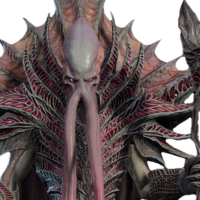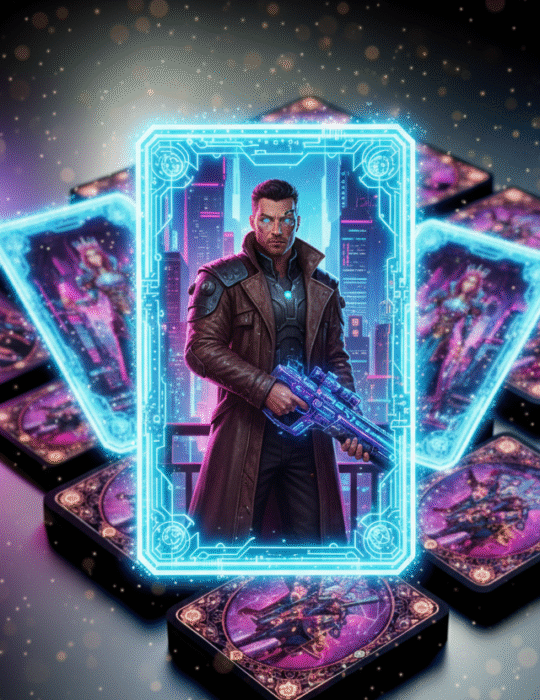What’s a Prompt, Anyway?
In simple terms: a prompt is the way you tell the AI what to do—think of it as a digital recipe. But if you mess up the recipe, you’ll end up with a bland, generic output instead of something engaging. Want quality results? Give a specific command. Want a terrible joke? Be vague. It’s that simple.
5 Tips for Writing Next-Level Prompts
Give Your AI a Role—It Loves to Act!
Treat the AI like an actor ready for a role. Want a response with a legal tone? Tell the AI to act like a lawyer. Need marketing advice? Ask it to put on its marketing expert hat. If you just say “help me,” it’s like asking a lost intern on their first day.
Example: “Act as a digital marketing expert for small businesses.”
Start with the End Goal (Yes, Really)
It might sound weird, but start your prompt with the result you’re looking for. If you want a social media calendar, specify that goal upfront and include details like posting times, content types, and engagement tips.
Example: “Create a weekly Instagram content calendar with recommended posting times and engagement strategies.”
Break It Down into Smaller Tasks
If you ask the AI for something complex all at once, you’ll get an answer as vague as a horoscope. Break your request into manageable parts, like asking for just the sauce before you get the whole lasagna.
Example: “Write the introduction for a business plan for a premium coffee shop.”
Feed the AI Data—Or It’ll Start Guessing
Without enough info, the AI will try to fill gaps on its own, like that one friend who always makes things up when they don’t know the answer. Want it to perform well? Give clear data and instructions.
Example: “Here’s market analysis data for local coffee shops. Use it to create a growth strategy.”
Show Examples of What You Want
AI is great at pattern matching. If you have a sample of something that worked well (like a campaign or post), share it. This way, the result will be much closer to what you envision.
Example: “Here’s a previous Instagram post. Create five more in a similar style, focusing on sustainability.”
Creative Development and AI
Just like building a new business or project, Creative Development is key to thinking beyond the obvious. Writing strong prompts is like crafting a map for AI’s creativity to follow, but you control the boundaries and shortcuts. The more creative and precise your command, the better the results—just as when we apply creative methods in innovation strategies. Knowing how to use AI effectively also develops your creative skills, helping you think outside the box and utilize tech as a genuine partner in problem-solving.
Pop Culture Example
Remember the movie Her? The protagonist used advanced AI to basically manage his life (and, well, fall in love, which got a bit weird). The point is: just like he needed to communicate clearly with the AI for good results, you need to master prompts to avoid your AI becoming just another robotic voice echoing back what you already know.
Real Market Example
Companies like HubSpot now use prompt creation as an essential skill to optimize their digital marketing strategies. They train their teams to write precise commands, improving engagement and creating automated campaigns, maximizing AI’s capabilities to deliver top-level results.
Quick Quiz:
- What is a prompt?
- What’s the first tip for writing more effective prompts?
- How can Creative Development influence prompt creation for AI?
Practical Application Challenge
Write a prompt for the AI you use (whether it’s ChatGPT, Google Gemini, or another), applying the tips you’ve learned. Choose a simple goal, like creating a content strategy or planning a publishing schedule, and see how the AI responds when you give it specific and clear instructions. Then, refine the prompt and compare results. Notice the difference?
Content Gamification
Difficulty Level: ⭐⭐⭐ (3/5) – Writing effective prompts takes practice and creativity, but these tips will get you started right.
C.H.A.R.M.:
- C = Core Knowledge: Understand how AI processes commands and responds based on your input.
- H = Skillset: Be clear and specific in your instructions to maximize AI results.
- A = Attitude: Experiment, practice, and adjust as needed to fine-tune your prompts.
- R = Reach: High, as AI is increasingly present in creative and business processes.
- M = Mindset: Applicable across any field that uses AI for task optimization and innovation.








